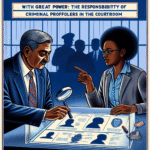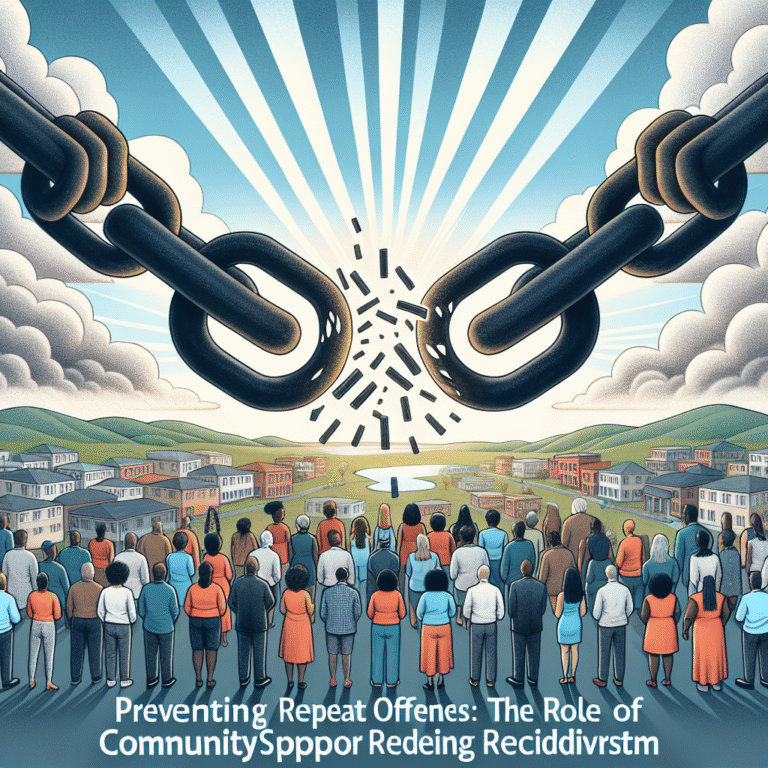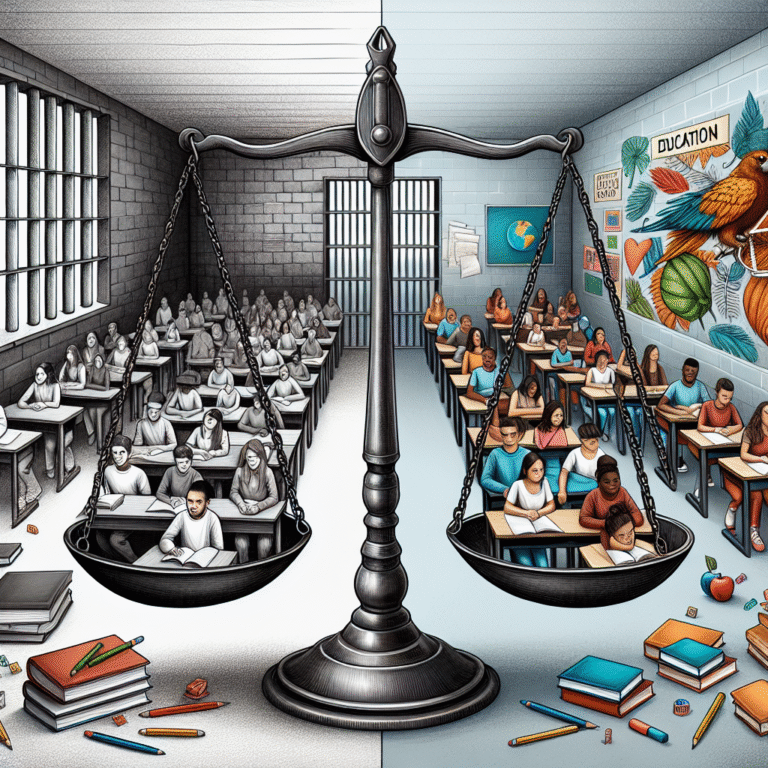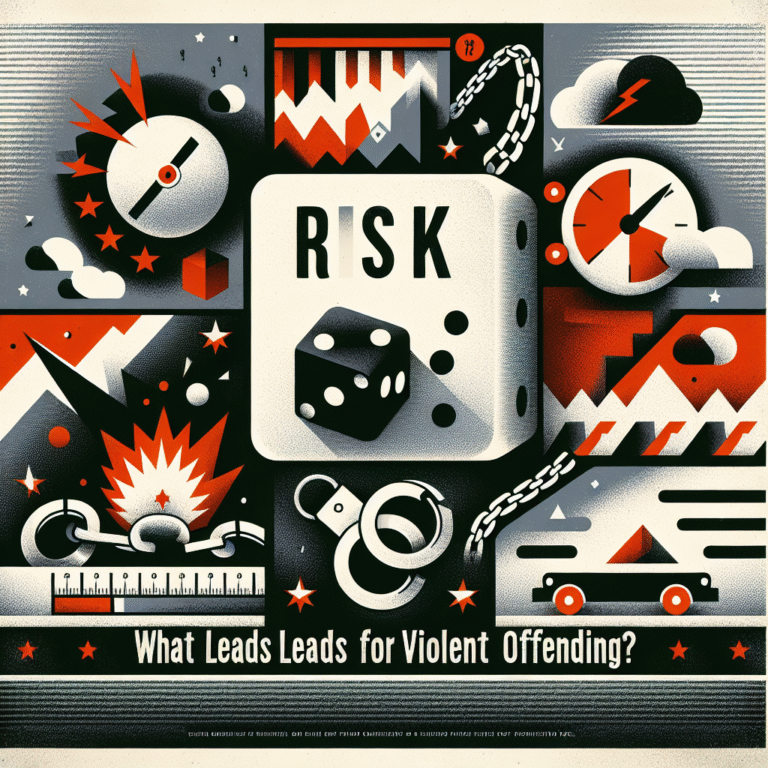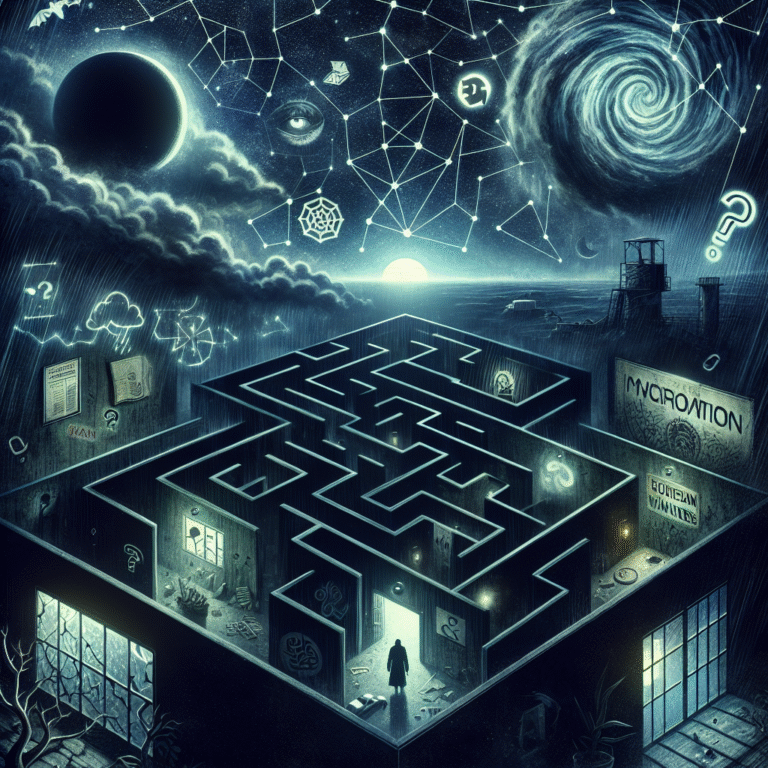
Introduction
In a world where crime seems to shadow societal progress, understanding its roots becomes crucial. Understanding Crime: The Impact of Sociological Theories on Modern Criminology explores the intricate relationship between society and crime. Modern criminology is more than just analyzing crimes; it’s about deciphering the underlying societal structures that give rise to criminal behavior. Whether examining poverty, family dynamics, or educational disparity, sociological theories provide valuable frameworks for decoding crime and, ultimately, preventing it.
This journey into the heart of criminology reveals how sociological perspectives shape our understanding of crime and influence policies designed to address it. As we delve deeper, we will uncover the real-world applications and implications of these theories, providing insights that can lead to meaningful change.
1. The Sociological Landscape of Crime
1.1 Defining Crime Through a Sociological Lens
At its core, crime is often defined as behavior that violates laws. However, sociologists argue that this definition is overly simplistic. Understanding Crime: The Impact of Sociological Theories on Modern Criminology starts by acknowledging the socio-economic, cultural, and community contexts that shape perceptions of crime.
1.2 Individual vs. Social Factors
While traditional criminology often emphasizes individual morality or psychological predisposition, sociological theories highlight the influence of broader social factors. Table 1 summarizes key individual vs. social factors in understanding crime:
| Individual Factors | Social Factors |
|---|---|
| Psychological issues | Economic inequality |
| Personal history | Cultural norms |
| Moral beliefs | Community support systems |
Case Study Analysis: The Chicago School
The Chicago School of Sociology (1920s-1930s) emphasized the influence of urban environments on crime rates. Their studies in neighborhoods illustrated how poverty and social disorganization led to higher crime rates, providing a compelling framework for understanding crime as a product of social settings rather than merely individual failings.
2. Key Sociological Theories Explained
2.1 Strain Theory
Strain theory argues that societal pressure—from the disparity between cultural goals and means of achieving them—leads individuals to commit crimes. When legitimate means to success are blocked, some people resort to crime as an alternative.
Case Study: The American Dream
The American Dream, with its promise of success for hard work, often ignores societal barriers. The rise in white-collar crimes among those who feel they cannot attain this dream traditionally through legitimate means underscores the relevance of strain theory in understanding crime.
2.2 Social Learning Theory
According to social learning theory, criminal behavior is learned through interactions. If individuals are exposed to environments that condone or model criminal behavior, they are more likely to engage in such behavior themselves.
Case Study: Youth Gang Influence
Observations from various urban areas reveal that young people often join gangs due to social pressures and influences. They adopt the behaviors, values, and norms of their peers, reinforcing the importance of social learning in the context of criminology.
2.3 Labeling Theory
Labeling theory posits that the labels society assigns to individuals can lead to a self-fulfilling prophecy. Once labeled as a criminal, individuals may internalize this identity, leading to further criminal behavior.
Case Study: The War on Drugs
In the context of the War on Drugs, many individuals labeled as "drug offenders" face stigmatization that hampers their reintegration into society. This demonstrates how labels can perpetuate criminal behavior and cycles of recidivism, emphasizing the importance of societal perceptions in Understanding Crime: The Impact of Sociological Theories on Modern Criminology.
3. The Role of Community in Criminology
3.1 Social Cohesion and Crime Prevention
Communities with strong social ties can deter crime. High levels of community engagement and trust reduce crime rates, demonstrating the power of collective efficacy in the fight against crime.
Case Study: The Broken Windows Theory
Implemented in New York City in the 1980s, the Broken Windows Theory suggests that maintaining and monitoring urban environments in a well-ordered state prevents further vandalism and escalation to more serious crime. Illustrating the significance of community dynamics contributes to Understanding Crime: The Impact of Sociological Theories on Modern Criminology.
3.2 The Role of Poverty and Inequality
Poverty and inequality permeate the fabric of society, driving individuals toward crime as a means of survival or rebellion. Understanding these economic pressures is essential in developing crime prevention strategies.
Table 2: Correlation Between Income Inequality and Crime Rates
| Income Inequality (Gini Coefficient) | Violent Crime Rate (per 100,000) |
|---|---|
| 0.25 | 300 |
| 0.35 | 500 |
| 0.45 | 800 |
This table highlights how increases in income inequality correspond with higher violent crime rates, reinforcing sociological theories that prioritize social context in crime understanding.
4. Modern Applications of Sociological Theories
4.1 Policy Implications
Understanding crime through sociological theories has transformative implications for policy developers. By grounding policies in these theories, systems can become more responsive to the needs of affected communities.
Example: Restorative Justice Practices
Restorative justice emphasizes rehabilitating offenders through reconciliation with victims and the community. This approach utilizes insights from labeling and social learning theories, promoting healing rather than punishment.
4.2 The Role of Education and Prevention
Educational programs focused on social skills and emotional intelligence have proven effective in mitigating criminal behavior. By addressing the social factors that contribute to crime, such programs enhance public safety and foster personal growth.
Conclusion
Understanding Crime: The Impact of Sociological Theories on Modern Criminology reveals that crime is not merely a set of individual actions but a phenomenon deeply entrenched in the social fabric. By integrating sociological insights, we cultivate a more nuanced understanding of crime that leads to innovative, effective prevention strategies.
This journey into criminology emphasizes the importance of comprehensive approaches—investing in community programs, engaging with public policy, and promoting education can collectively create sustainable change. By shifting our focus from punitive measures to understanding the broader social context, we lay a path toward a more harmonious society where crime is an exception rather than a norm.
FAQs
-
How do sociological theories differ from psychological theories in criminology?
Sociological theories focus on social factors, economic conditions, and cultural influences, while psychological theories emphasize individual mental processes and characteristics. -
Can crime be reduced through community programs?
Yes, community programs focusing on social cohesion and engagement have shown to reduce crime rates by fostering trust and collaboration among residents. -
What impact does labeling have on rehabilitation?
Labeling can create a negative self-identity in individuals labeled as criminals, making rehabilitation more challenging. Alternative approaches that promote positively defined identities are typically more effective. -
How does income inequality contribute to crime?
Income inequality increases frustration and hopelessness among disadvantaged groups, often leading to higher crime rates as individuals seek alternative means to achieve economic stability. - Are there successful examples of restorative justice models?
Yes, various jurisdictions have successfully implemented restorative justice programs that emphasize healing and reconciliation, leading to lower recidivism rates and positive community outcomes.
Engaging with the complexities of crime through a sociological lens offers not just answers but pathways to actionable solutions, reshaping our approach to one of society’s greatest challenges.





